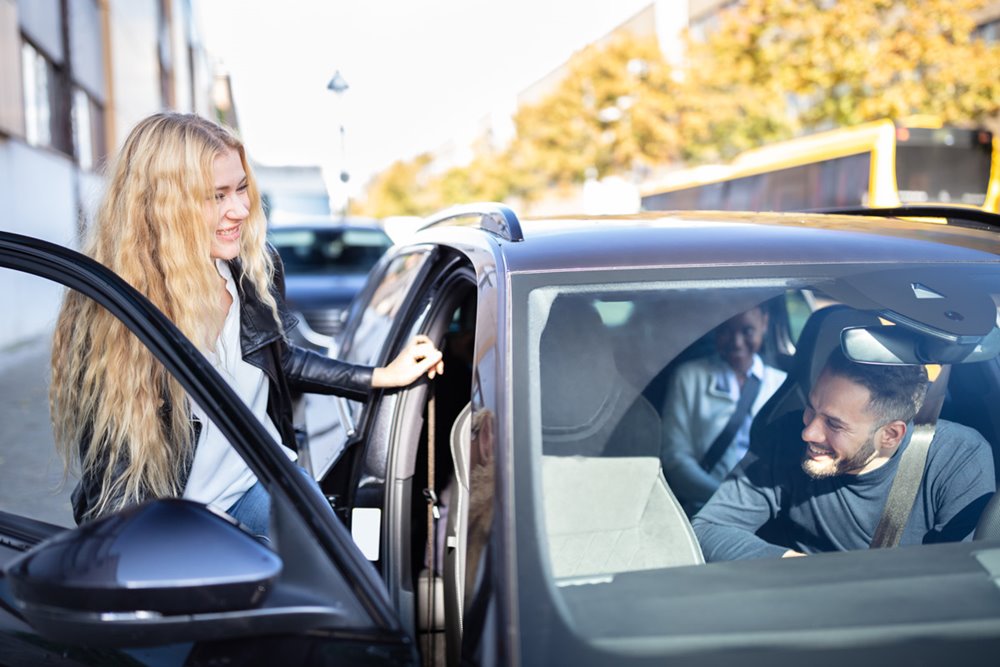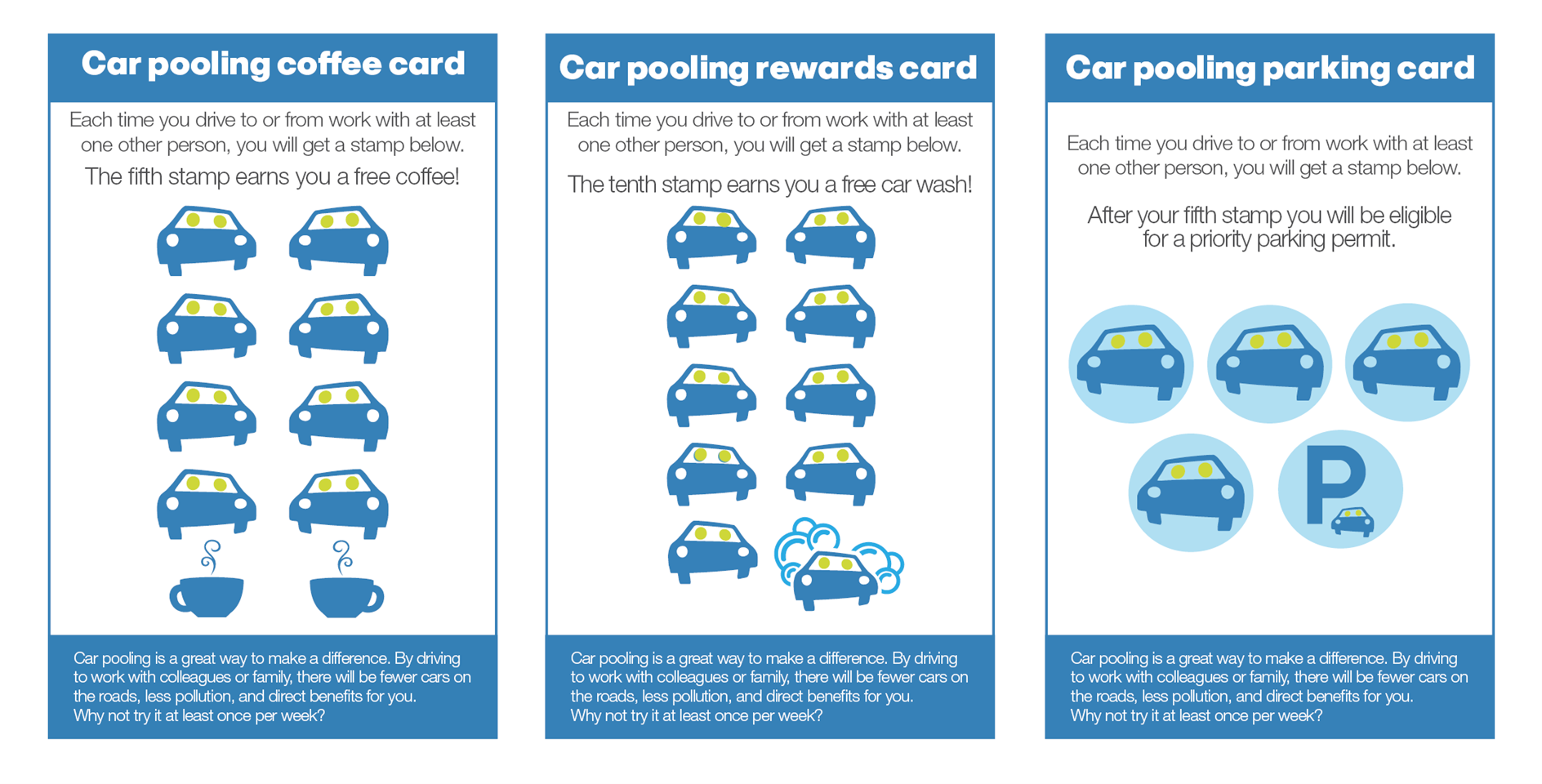Setting up carpooling at your workplace
Carpooling can be a cheap, easy and convenient way for staff to commute to work. It’s a great option for staff travelling a significant distance and coming from areas where public transport options are limited.
Carpooling works well when people live near each other, work together or close to each other, and have similar work schedules. Carpooling can be a simple, informal arrangement between two colleagues, or it can be organised through an online ride matching scheme at larger workplaces.
Why promote carpooling to staff?
Carpooling can often be the easiest step towards changing travel choices for people who are used to regularly driving alone. Carpooling still allows the flexibility of driving, but reduces the number of cars on the road and the demand for parking spaces. Carpooling brings fantastic benefits, for both individuals and workplaces.
Benefits for individuals:
- Reduce each person’s commute cost, including fuel, parking and maintenance.
- Socialise, read, work or relax instead of idling alone in traffic.
- Enjoy the mental health benefits of social connections.
- Access benefits from your organisation, such as carparking rewards, reduced parking fees or priority parking.
Benefits for workplaces:
- Reduced need for parking bays. Many employers offer carpool schemes to save money through reduced parking demand.
- Help reach sustainability targets. Carpooling takes more cars off the road, reducing congestion and emissions.
- Increased morale and productivity, with better connected, less stressed employees.
How to set up carpooling at your workplace
- Find out if there is interest in carpooling at your workplace. You could do a travel survey, or ask around the office in a smaller workplace. Ask people what would motivate them to try carpooling and any concerns they have.
- Establish guidelines, processes and incentives. Use feedback gathered to determine what your guidelines need to address (e.g. safety, back up plans, carpooling etiquette) and what incentives would motivate people.
- Engage participants. Promote the carpooling scheme and any benefits through posters, meetings, newsletters, intranet, and inductions. Holding an event is a great way to spread the work and create a buzz.
- Map and match participants. You can organise this in a range of ways, depending on the size of your organisation and what suits your workplace culture. Organise a Postcode Party, where people group together with others who live near them and organise their own matches, or create a carpool register, ask interested people to sign up, and then create matches yourself. Larger organisation may like to consider signing up to an online ride-matching system.
- Maintain momentum. Regular events and promotions will help to create a buzz around carpooling at your workplace. Share carpooling success stories. You could hold a Carpooling Day to get staff to give it a try and reward them with a free breakfast. Making it fun and providing ongoing incentives makes your carpooling scheme more likely to thrive.


